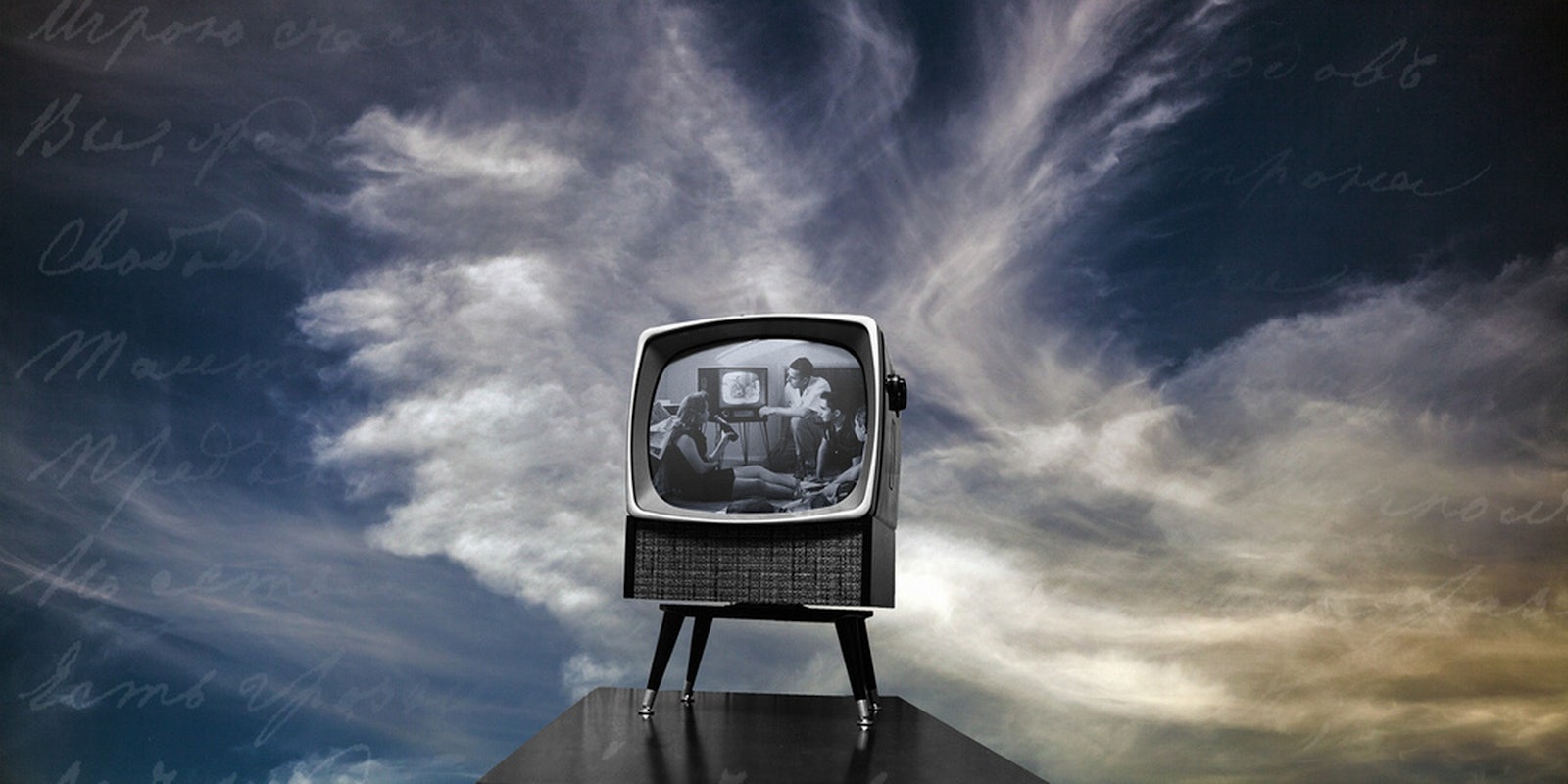Watch Game of Thrones? True Detective? Any of the other great shows that HBO churns out?
Let the cries of freedom ring, for we, the poor and suffering masses, have been freed from the shackles that are monthly cable bills. With HBO announcing that cable subscriptions will no longer be needed to watch its content in 2015, it wouldn’t be surprising if more cable networks head in that direction. Hopefully they will. Such moves make television more available across multiple platforms and ensure that television continues its journey to becoming stronger than it has ever been before.
Research shows that in terms of total TV viewing via the Internet, audience numbers have jumped by 388 percent from 2013. Online viewership for television episodes has increased exponentially, and, for the first time ever, viewers watched more movies than sports. The survey, undertaken by Adobe, is even more astounding in that it didn’t include some of the online viewing giants: Netflix, Amazon Prime, and Hulu. Viewers might not be sitting in front of an actual TV to watch television, but with a near 400 percent increase in online viewership, it’s clear that we are watching a lot of television. It’s just online now.
Critics who’ve been preaching the death of television have been crying wolf for a little too long now. There are dozens, if not hundreds, of articles floating around the Internet from the past 10 years discussing the Internet’s inevitable cold-blooded murder of television. In 2011, BBC News highlighted a prediction from August 2010 heralding “the end of the age of television as we know it.” Meanwhile, the MIT Technology Review eerily predicted free-range HBO in its May 2011 article on the increasing separation between content and distribution, i.e., the split between Time Warner and Time Warner Cable.
The biggest issue with such hyperbolic articles about television’s inevitable demise is that many fail to differentiate between television as a technology, a physical entity, and television as a type of visual media, as narratively focused episodic programs. Critics keep claiming that watching television online is killing television: 2014 is the year in which the Web will “eclipse TV,” linear television broadcasting will end within the next decade, television is in its death throes, and so on and so forth.
There is a long history of unease and worry when it comes to major shifts in media technology, usually heralded by cries of death for whatever technology is being replaced. Case in point: years of angst between the movie and television industries in the ’40s and ’50s. As televisions became more and more hyped as a “new age of entertainment,” the movie industry experienced a hard couple of decades. Ironically though, the movie industry was preserved and consolidated by its old enemy, television, thanks to made-for-TV movies, massive sales of Hollywood films for broadcast, and Hollywood stars joining the TV industry.
We are witnessing a strong parallel shift today in how a new viewing platform can act as an additional and even more powerful medium for an older one. Just as television provided a new outlet for films in the late 1950s, the Internet today grants television an unprecedented level of accessibility, not to mention additional funding for new shows.
We’re watching TV today, but in a different fashion. Just as it became the norm for families to gather around the television, it’s becoming the norm today for people to seek full seasons of television episodes online and binge-watch.
Meanwhile, television as a technology, while slowing down, is taking steps to ensure its continued relevance. Television manufacturers are enacting tactics similar to those used by the film industry in the ’50s. In order to compete with television’s tightening hold over what it saw to be its audiences, film technology became quite creative. By the 1950s, more than half of all Hollywood films were produced in color, and by 1967, color became the industry standard. Widescreen formats abounded: There was Cinerama, a three-projector system introduced in 1952; Cinemascope in 1953; and Panavision in 1959. Multiple-channel sound was introduced, along with the wacky stereo-optics and olfactory schemes like 3D and Smell-O-Vision. None of these novelty features lasted very long.
3D should sound familiar. Television technology is heading down the exact same path today. There are numerous kinds of 3D televisions on the market, and at a far lower price than when they debuted. Televisions are also growing exponentially bigger all the time, a far cry from the miniscule televisions of 20 or 30 years ago. It’s a smart ploy on television manufacturers’ parts to offer size and the accompanying high resolution, in many cases, in comparison with the small screens of laptops, tablets, and phones. For high-end buyers, there are new curved televisions with 4K digital resolution. Ultimately, television manufacturers are banking on the fact that there are some things that online watching just doesn’t do well. Having friends or family over to watch a movie or a sporting event? You all sure aren’t going to crowd around the 14-inch laptop screen and share earbuds to do so.
Despite the doomsday clarions over television’s incursions, movies survived television’s takeover of America. In fact, they are doing quite well. 2013 saw a whopping box office total of $10,949,773,184, a $2 billion difference from 2005’s yearly total of $8,805,980,65. Not too shabby. People still go out for weekend movies, rent movies from Redbox or online, and fans continue flock to midnight premieres. Movies never disappeared. How we interacted with the technology and the medium itself simply changed with television’s grand entrance.
Television is not going to go away either, as either a technology or as visual entertainment. We’re changing our viewing habits and our use of the newest media technology, but television still has a central place in our mediascape. With huge numbers of us clamoring over internationally popular shows like Game of Thrones or The Walking Dead, it’s clear that television is still doing just fine.
Photo via Robert Couse-Baker/Flickr (CC BY 2.0)


